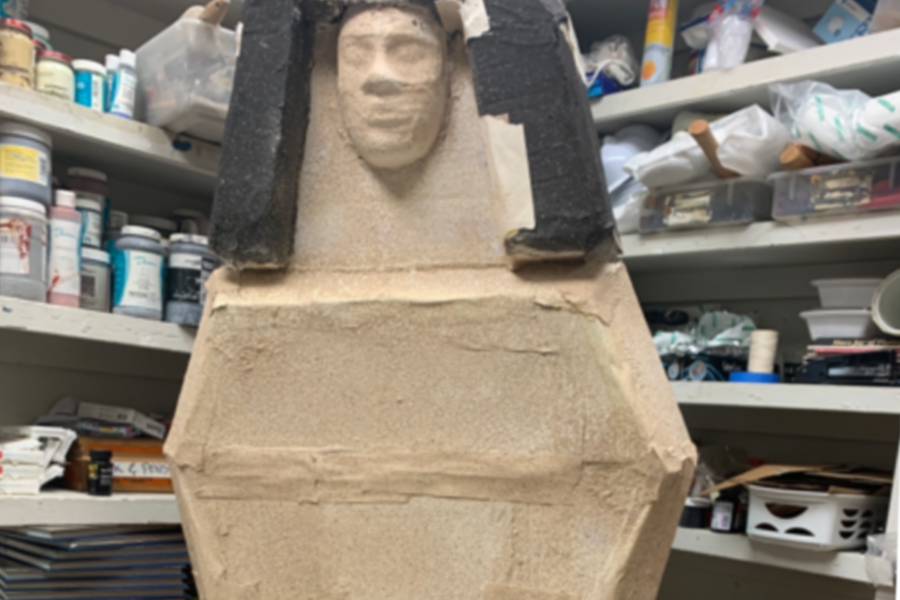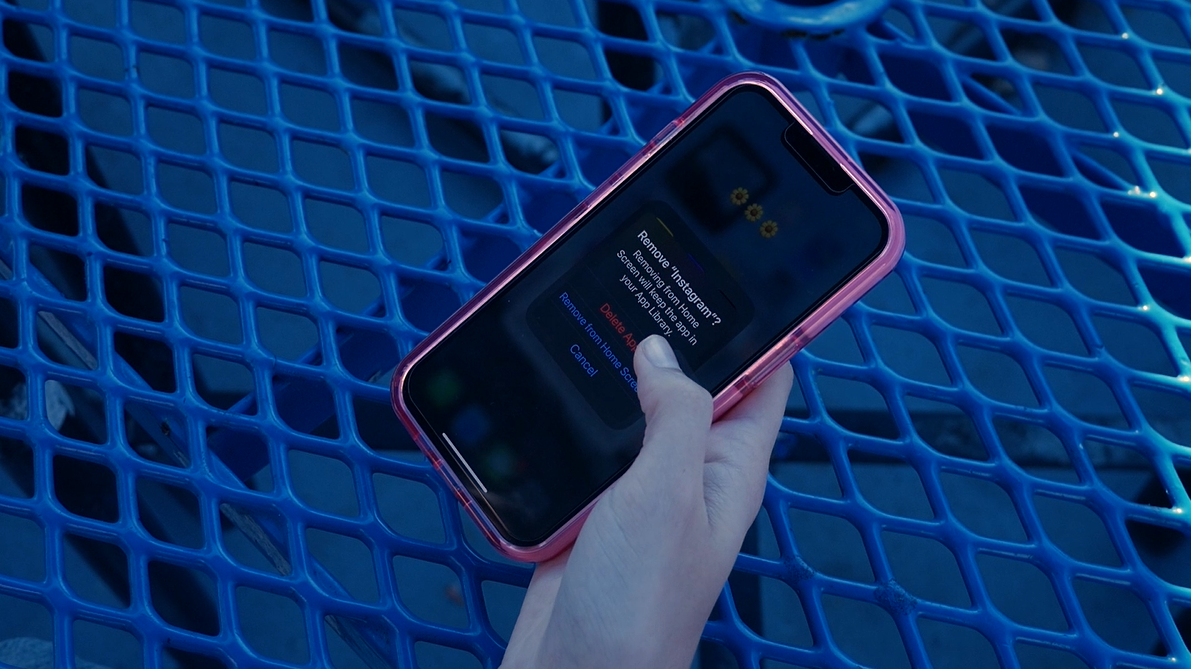New CDC guidelines prove counterintuitive
February 5, 2021
With new CDC guidelines for COVID-19, quarantine regulations make less sense.
Even though virus cases are rising, the CDC has decided to reduce its recommended quarantine time frame. That sounds counterintuitive — because it is. As of December, quarantine lasts only 10 days, as long as the person remains asymptomatic. But the CDC also states that symptoms can manifest up to 14 days after exposure. By the time someone starts showing symptoms, they could be back on campus. The incubation period for COVID-19 hasn’t changed, yet we continue to try and bend science to our will.
And, interestingly enough, the quarantine time frame for returning to clubs, activities and sports is still 14 days. This means that once a student returns to school, they must wait four additional days before returning to extracurriculars. The rationale here is that classrooms are doing a better job of social-distancing than sports. But again, this doesn’t solve anything. Why let students back on campus at all if they could potentially spread COVID-19? Shortening quarantine to 10 days begs myriad questions about our regulations, protocols which, as they are loosened, begin to feel more arbitrary.
Many quarantine complaints can come from parents tasked with finding out the best way to handle their child’s abrupt lockdown. To add to the frustration, many of these complaints aren’t unfounded. For example, say an older sibling who provides transportation to school for a younger sibling gets quarantined. In such a case, not only will that younger sibling not be quarantined — despite living with the individual potentially exposed to COVID-19 — but the sibling will also not be allowed to choose to stay home for those two weeks. This is not only an unsafe method for containing the spread of COVID-19, but it also creates serious transportation issues for families. Taking these common scenarios into account and providing options for those affected is the only way to create an effective quarantine protocol.
Despite these flaws, it is important to note that our school’s administration is not responsible for these decisions. COVID-19 regulations come from the Department of Health, as recommended by the CDC. Administrators, despite being the face of confusing regulations and sending students home, are simply doing what they are told. Given the circumstances, it is not hard to cast blame on administrators – who are the head of the school. But the CDC’s actions are out of their control.
Now, more than ever, with a COVID-19 vaccine close at hand, the CDC is playing a pivotal role in how the pandemic is addressed. America is setting itself up for further failure if we backtrack now. We need to think logically and accept that this virus is not ours to control.





















































